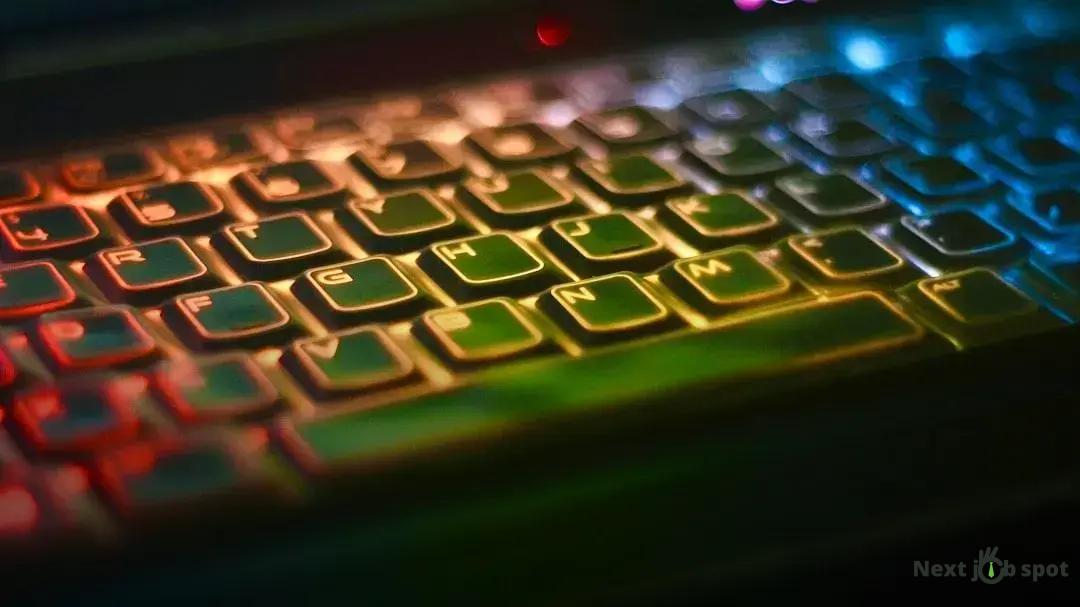In today’s fast-paced world, learning how to get more done in less time is crucial. Effective time management and productivity strategies can help you achieve your goals efficiently. In this article, we’ll explore how prioritizing tasks, leveraging technology, eliminating distractions, and adopting time management techniques can make a significant difference in your productivity.
Prioritize Tasks for Maximum Efficiency
One key strategy to get more done efficiently is to prioritize tasks. Not all tasks have the same level of urgency or importance. Start by categorizing your tasks using a priority matrix. This method helps you separate those that need immediate attention from those that are less pressing.
First, identify tasks that are both important and urgent. These should be your primary focus as they have immediate deadlines and significant consequences if left undone. Next, look at tasks that are important but not urgent. These should be scheduled for later but not forgotten.
Another effective technique is to use the ABCDE method. Assign each task a letter based on its priority level. ‘A’ tasks are critical, while ‘B’ tasks are important but less time-sensitive. ‘C’, ‘D’, and ‘E’ tasks are progressively less important. Always complete ‘A’ tasks before moving to ‘B’ tasks.
Consider also the time of day when prioritizing. Many people have high energy levels in the morning, making it an ideal time to tackle complex or high-priority tasks. By aligning your energy levels with your priorities, you can maximize your productivity.
Managing Task Overload
It’s easy to become overwhelmed with too many high-priority tasks. In such cases, delegate or postpone where possible. Seek help from colleagues for tasks that can be shared or delayed. This prevents burnout and maintains efficient workflow.
Finally, regularly review your task list. Priorities can shift as projects evolve, so it’s crucial to adjust your focus accordingly. Frequent reassessment ensures you stay aligned with your overarching goals and continue working efficiently.
Leverage Technology to Boost Productivity

In today’s fast-paced world, technology plays a crucial role in enhancing productivity. By leveraging the right tools, you can streamline your work process and achieve more in less time.
Start by identifying the tools that best fit your workflow. For instance, using project management software can help you organize tasks and set deadlines more effectively. This ensures that everyone on the team is on the same page, reducing confusion and increasing efficiency.
Email management apps can help you maintain a clean inbox, allowing you to respond promptly to important messages while filtering out spam. Automation tools are also invaluable, as they can handle repetitive tasks such as data entry or sending follow-up emails, freeing you up for more strategic work.
Consider using communication platforms that integrate with your other tools. This integration saves time by reducing the need to switch between apps, making sure that all your information is in one place and easily accessible.
Lastly, don’t overlook the power of collaboration tools. With features like file sharing and real-time editing, these platforms make it simple to work with others efficiently, whether they are across the room or across the globe. Harnessing the power of technology to boost productivity is about finding the right balance between tools that help you work smarter, not harder.
Eliminate Distractions for Better Focus
One of the most significant productivity killers in our modern world is distractions. Whether they come from your mobile phone, social media notifications, or background noise, these interruptions can significantly detract from your ability to focus on the tasks at hand. Eliminating distractions is a critical step to enhance your concentration and improve your work output.
A practical method to minimize distractions is by creating a dedicated workspace. A specific area in your home or office that is free from clutter and designated for work can immensely help in staying focused. Make sure this space is equipped with everything you need so that you won’t have to leave it frequently.
Utilizing tools and apps can also help in reducing distractions. For instance, consider apps that block social media sites temporarily or turn off unnecessary notifications during your work sessions. Noise-canceling headphones or soothing background music can drown out disruptive sounds and maintain a focused environment.
Setting specific times to check emails and messages instead of having constant alerts can also reduce disruption. Allocate certain periods within your day solely for these activities to prevent them from interrupting your focused work time.
Mindfulness techniques can further improve your attention span. Practices such as deep breathing, meditation, or short mindful breaks can help clear your mind and refocus your energy on what truly matters.
Adopt Time Management Techniques

Managing your time effectively is crucial for enhancing productivity and ensuring that you get more done in less time. By adopting proven time management techniques, you can streamline your workflow and reduce stress.
Start by setting clear goals for what you wish to achieve daily, weekly, and monthly. To do this, break down larger tasks into smaller, manageable pieces. A visual planner or checklist can be extremely helpful in keeping track of your progress and ensuring that you are staying on course.
A well-known method is the Pomodoro Technique, which involves working in short bursts of 25-minute focused sessions followed by a 5-minute break. This method helps maintain motivation and prevent burnout. Another effective strategy is time blocking, which involves allocating specific time slots for different activities. This helps in minimizing multitasking and ensures undivided attention to one task at a time.
For increased efficiency, identify your peak productivity hours and schedule your most challenging tasks during these times. It’s essential to review and adjust your schedule regularly to accommodate any changes or unexpected tasks that may arise. Using digital tools like calendars and task management apps can also help automate reminders and keep you organized.
Integrate buffer times between tasks to create a more realistic schedule and allow for unforeseen interruptions. Incorporating techniques such as delegation and saying no to additional commitments when necessary are also key to effective time management.
By implementing these techniques, you can cultivate a more productive work routine and achieve a better work-life balance.


